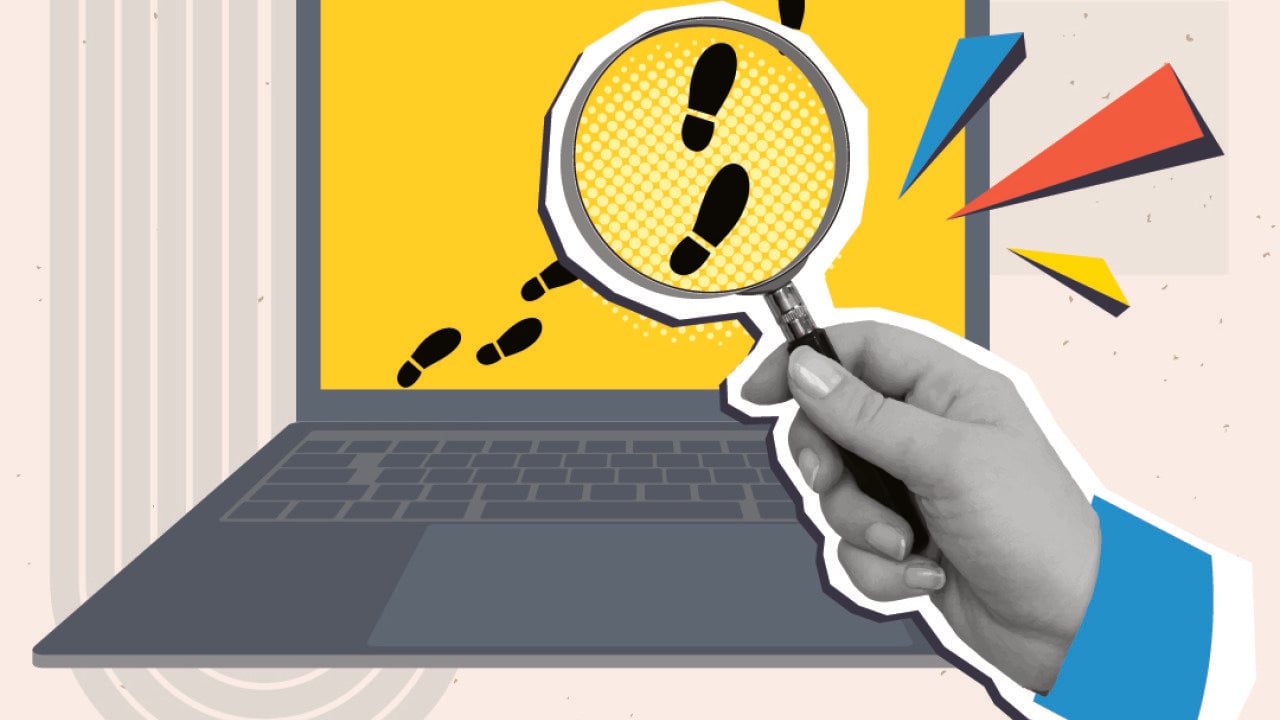How to be a digital detective, with just Wi-Fi and a little curiosity

Viktoriia_M // Shutterstock
You don’t need a trench coat, a fedora, or a magnifying glass to solve a mystery these days — just a good internet connection and a little curiosity.
In the digital age, we’re all amateur sleuths at heart. Whether you’re trying to figure out if that new neighbor is really who they say they are, reconnect with an old classmate, or double-check that the person you matched with online is legit, the internet is full of clues waiting to be uncovered. The trick? Knowing where (and how) to look, PeopleFinders reports.
Step 1: Follow the Obvious Clues — Google and Social Media
Every great investigation starts with the basics. A quick Google search can tell you a lot: professional profiles, old event listings, news mentions, and even public documents. Try putting a name in quotes (“Firstname Lastname”) for more specific results, or add keywords like a city or workplace to narrow things down.
Next, check social media. Instagram and Facebook can reveal shared connections, while LinkedIn often fills in professional details. Remember, even seemingly small things—mutual friends, tagged photos, or liked pages — can tell a bigger story about someone’s background or interests.
Just be sure to keep it friendly-level detective work, not a full-on spy mission. The goal is curiosity, not creepiness.
Step 2: Dig Deeper with Public Information
Here’s where things get interesting. Public records, such as property data, business registrations, or court filings, can offer facts that social media leaves out. These records exist to keep information transparent and accessible, but they’re often scattered across dozens of government websites. Resources such as PACER, for example, can help you find public federal court records.
If you’ve ever tried piecing together that puzzle manually, you know it’s a little like trying to read a map upside down. That’s where people search tools come in handy.
Step 3: Use a People Finder Like a Pro
A people finder brings everything together in one place. Instead of sifting through random search results, you can enter a name, phone number, or email address and see what’s publicly available — from contact details to address history and potential social media profiles.
This is especially useful if:
- You’re vetting an online date or marketplace buyer/seller.
- You’re reconnecting with an old friend or family member.
- You want to verify that someone’s story checks out.
Unlike social media or Google, people search tools are designed to pull from public records, not personal posts or private data. That means you get reliable information, all at your fingertips.
Step 4: Connect the Dots Responsibly
Being a digital detective doesn’t mean you have to play “gotcha.” It’s about empowering yourself with information, not invading someone’s privacy. If something doesn’t add up, take that as a signal to pause or ask questions — not to confront or dig deeper than necessary.
The best detectives use what they learn to make smarter, safer decisions. Think of it less as snooping and more as digital due diligence.
Step 5: Keep Your Own Trail Clean
As you investigate others, don’t forget — someone might be looking you up, too. Take a few minutes to Google yourself, check your social media visibility, and see what information is publicly associated with your name.
A true digital detective knows how to track and cover their own footprints.
The Bottom Line
Becoming a digital detective doesn’t take any special training; just curiosity, common sense, and a healthy respect for privacy. With so much information online, knowing how to navigate it responsibly is one of today’s most underrated life skills.
So grab your metaphorical magnifying glass (and your WiFi), and start sleuthing — no spy gadgets required.
This story was produced by PeopleFinders and reviewed and distributed by Stacker.
![]()
